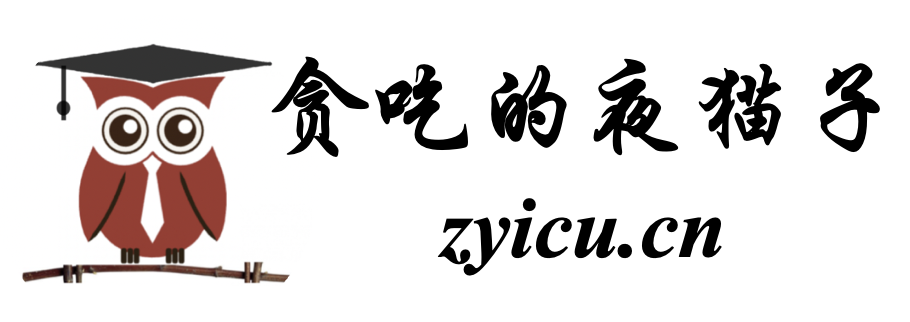A 23-year-old G1P0 woman is 39 weeks’ pregnant. For three days she experiences dysuria, polyuria, and fever, which she attributes to a recent urinary tract infection. Instead of consulting with her doctor, the woman decides to use the remaining pills from her old prescription to treat her symptoms. Three weeks later she gives birth to a mildly jaundiced boy who is otherwise healthy. Five days later, however, she brings the infant to the emergency department stating that the baby has become fussy, refuses feeding, and wails at a high pitch. He soon becomes extremely lethargic and stops producing urine. Which of the following medications did the mother most likely use during the last weeks of her pregnancy to treat what she believed to be a recurrence of her urinary tract infection?
一名23岁的G1P0女性已经怀孕39周。患者连续3天出现排尿困难、多尿和发热,她将这些症状归因于近期的尿路感染。她没有咨询医生,而是决定用旧处方上剩下的药片来治疗她的症状。三周后,她生下一名轻度黄疸的男孩,其他方面健康。然而,五天后,她把婴儿带到急诊科,说婴儿变得爱挑剔,拒绝喂养,并大声啼哭。他很快就变得极度嗜睡,并且停止排尿。在妊娠的最后几周,母亲最有可能使用下列哪一种药物来治疗她认为是尿路感染复发的疾病?
(A) Amoxicillin 阿莫西林
(B) Ampicillin 氨苄青霉素
(C) Nitrofurantoin 呋喃妥英
(D) Ofloxacin 氧氟沙星
(E) Trimethoprim-sulfamethoxazole甲氧苄氨嘧啶
答案解析:
甲氧苄啶-磺胺甲恶唑(TMP-SMX)是治疗由大肠埃希菌引起的单纯性尿路感染最常用的药物之一。与所有磺胺类药物一样,磺胺甲恶唑与白蛋白结合并取代非结合胆红素。在新生儿中,这可导致核症,也称为胆红素脑病。这种疾病是由于血脑屏障形成不完全而导致胆红素在脑内沉积和蓄积所致。基底神经节特别容易受到损伤。早期症状包括嗜睡、喂养不良和缺乏Moro反射。存活下来的婴儿可能会发生惊厥、智力低下、耳聋、手足徐动和眼球向上运动减少。
正确答案:E
原创文章(本站视频密码:66668888),作者:xujunzju,如若转载,请注明出处:https://zyicu.cn/?p=17437

 微信扫一扫
微信扫一扫  支付宝扫一扫
支付宝扫一扫 
